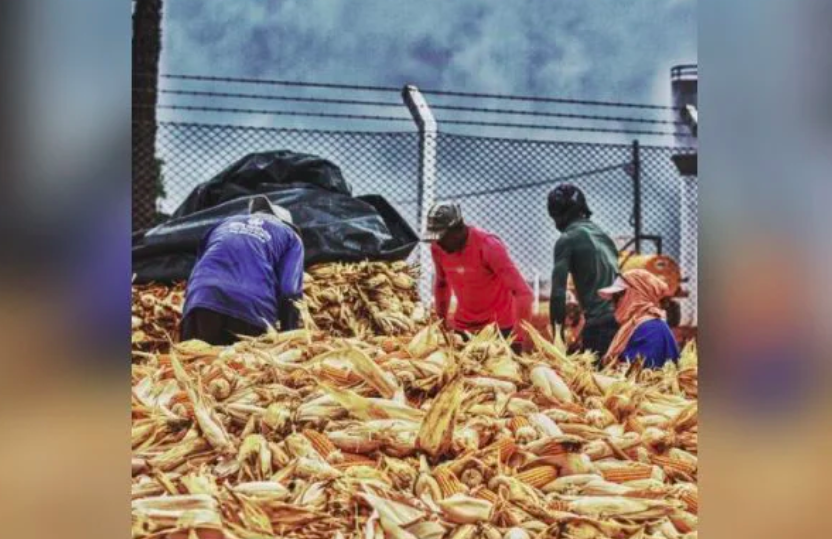Humanitarian crises, such as the one that followed the 2010 earthquake in Haiti, and economic ones, such as the ones that affect most South American countries in a cyclical way, have made Brazil the destination of several waves of immigration in recent years.
Without a consistent policy of welcoming immigrants, however, our country cannot guarantee a dignified life for all of these immigrants and allows many of them to become victims of contemporary slavery.
In the last 12 years, 1,065 immigrants were rescued from “jobs” in conditions analogous to slavery in Brazil, according to a survey conducted, at the request of Metrópoles, by the Secretariat of Labor Inspection, linked to the Ministry of Labor.

Most of those rescued (415 workers, or 43.5% of the total) are Bolivians, almost all victims of human trafficking, to provide cheap labor to clothing manufacturers in São Paulo and the region.
The degrading situation imposed on Bolivian immigrants has become known to Brazilian society through the constant news of raids by authorities to rescue them from the sweatshops.
The victims are usually submitted to working days that can reach 14 or 16 hours a day, and, in their “free time”, they are prevented from leaving the place because their exploiters fear that they will ask for help.
The exhausting workdays are one of the criteria used to characterize, according to Brazilian legislation, the work analogous to slavery.
The others are degrading conditions (such as lack of drinking water, food, or protection equipment), forced labor (when there is, for example, the retention of personal documents), and debt servitude (with illegal discounts on payment, in exchange for food or accommodation provided by the exploiter).
FROM “WELCOME” TO SLAVERY
The survey on foreigners rescued in the last 12 years reveals that, after the Bolivians, the most affected immigrants are Paraguayans (219, or 22.98%); Haitians (141, or 14.8%); Peruvians (66, or 6.9%), and Venezuelans (58, or 6%).
Venezuelan victims began to be computed between 2017 and 2018 when the Brazilian government (under the administration of Michel Temer) launched Operation Acolhida (Welcome) to organize humanitarian assistance to people fleeing the hardships imposed by Nicolás Maduro’s dictatorship.
In addition to providing housing and financial aid to immigrants, the program helps them get jobs in Brazil.
But this does not always happen under decent conditions and in accordance with Brazilian law.
In June 2022, for example, 12 Venezuelan workers were rescued from a farm in Cafelândia (SP).
They were lodged in degrading conditions – not even chairs in the improvised cafeteria – and worked without payment and individual protection equipment.
The victims had been sent to the exploiter by the Brazilian government via Operação Acolhida.
After the rescue, they were able to receive the benefits provided by the legislation for those who are victims of labor analogous to slavery and were able to receive the labor indemnities provided and the installments of unemployment benefits.
HOW TO REPORT SLAVE LABOR
To report the situation, victims of labor analogous to slavery or citizens who identify signs that people are being exploited can contact the Civil Police, the Military Police, or other public agencies in their respective cities.
The Regional Labor Superintendencies, linked to the Ministry of Labor and present in all states, the Labor Prosecutor’s Office (MPT), the Federal Public Prosecutor’s Office (MPF), the Federal Public Defender’s Office (DPU), and the Federal Police (PF) are all active in combating this exploitation.
Complaints of work analogous to slavery can be made anonymously in the Ipê System of the Ministry of Labor in partnership with the International Labor Organization (ILO).
With information from Metrópoles

